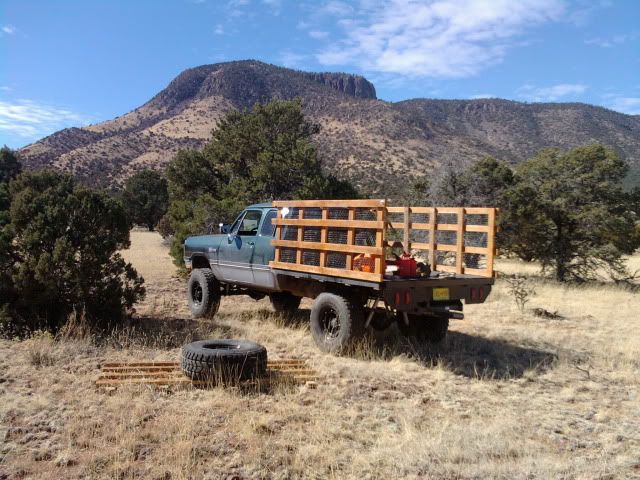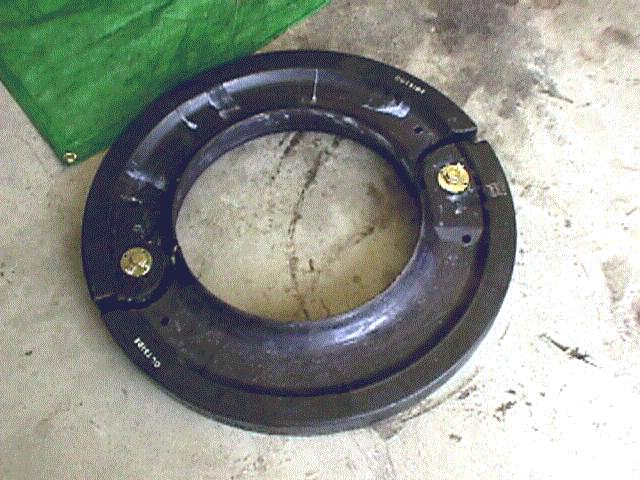Here are some more examples for reference.
Magnesium Run flat being drilled prior to cutting off the outside:
Cut down Magnesium Run flat:
Lightened PVC Run Flat: typically higher HP rigs looking to save every pound
Steel Cage/Frame Style Run Flat I mentioned before, below is a kit version, not sure who makes it:
Hutchinson newer style Rubber Run Flats, many military versions made by the same company, 16", 16.5", 17", 20" etc
Finally, here is the cutting pattern of a PVC, etc Run Flat Insert so that you can more easily install and remove them if you change tires often. I have not heard any feedback in regards to how well these run on the road

Overall, any insert should be able to clamp the tire beads to the rim provided that it is the correct width for your tires. Tire beads vary drastically between brands, sizes and even variations in different batches. I know Trail Worthy Fab does a good job of trying to supply you with an insert that is the correct width for the tire you are running, but it is important that you have the tires to measure with a caliper and check before ordering or order from someone who can be trusted to do that for you. If your inserts are too narrow you can use a number of materials and methods to increase their width, including cut heater hose, PVC spacers, etc. Someone with a large enough lathe and access to PVC pipe could potentially thread a thick enough piece to be adjustable in theory.
If the insert is wide enough to contact both beads and put adequate pressure on both sides of the rim, it is a successful beadlock. However, if the ID of the insert isn't correct, it can be installed off-center and held in place by the beads, creating a poorly balanced setup. You can try balancing with a lower torque setting on the beadlock nuts so that the insert can align itself while spinning, but I don't know what that setting would be or if the insert would just fall back to the bottom when a vertical balancing machine stops.... The old school horizontal balancing stands may be an option.
I think I'm starting to babble and contradict myself, so I'm going to quit while I'm ahead I think. I still believe that the OEM 1 piece Rubber Run-Flats have the best chance of balancing. If you truly want a perfectly balanced setup you need to become very good friends with a tire shop, take your welder up there and balance each rim individually using washers and weights welded to true the wheel, being sure to mark the clocking of the 2 pieces with a unique drill pattern, etc. Then balance the Runflat/Insert on the rim and see how far off it is, possibly removing material from the run flat to assist, again clocking the insert to the rim (hard to do in the tire.) Finally balancing the entire assembly and only using weights to balance the tire itself. You could probably get away with skipping the 2nd step. I've balanced the Goodyear MT/R and BFG Baja with less than 1oz per wheel on some aluminum 16.5" rims, so the tires are relatively true from the factory when new/near new.















